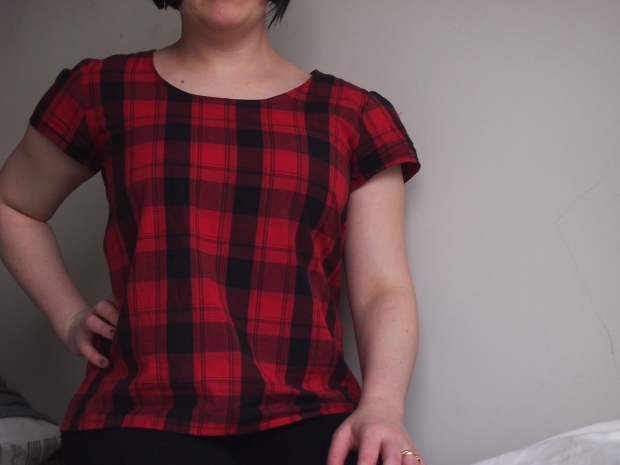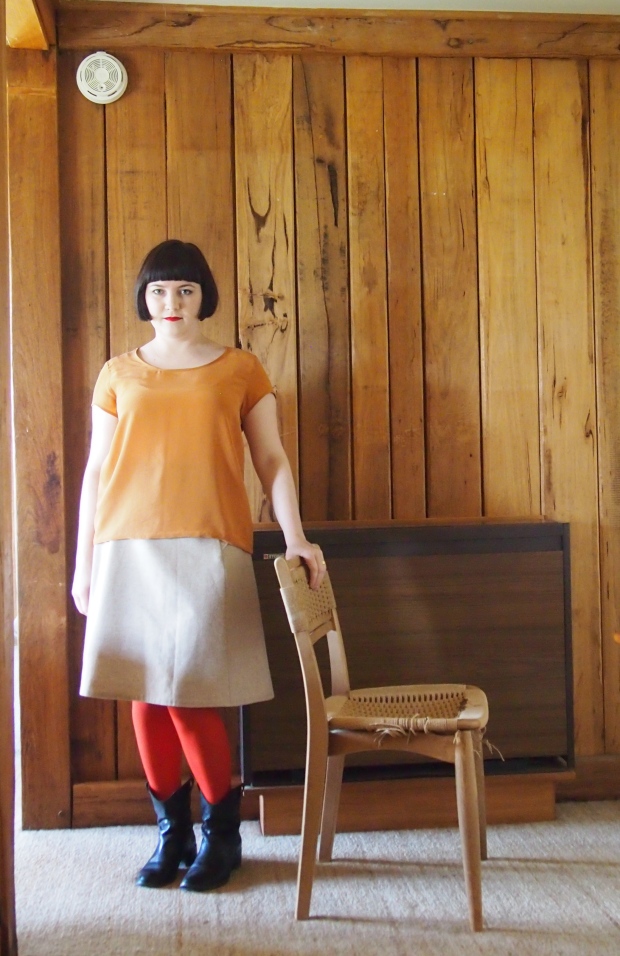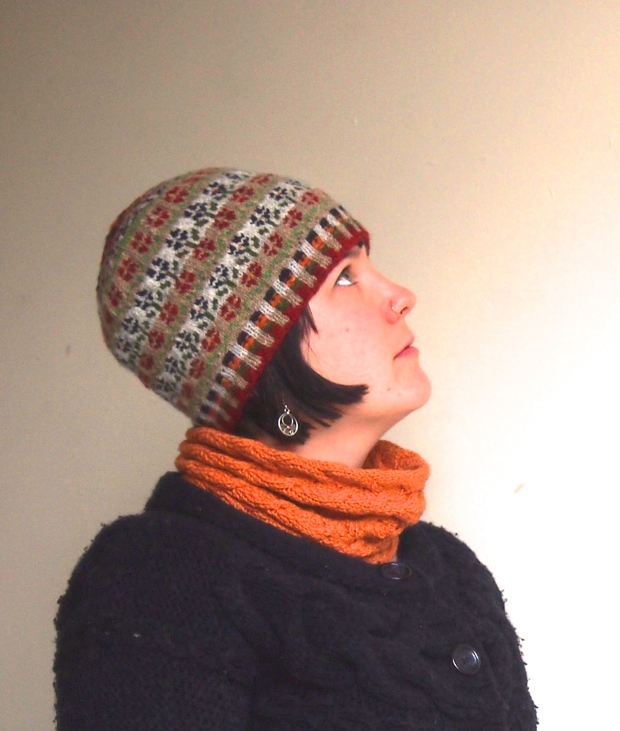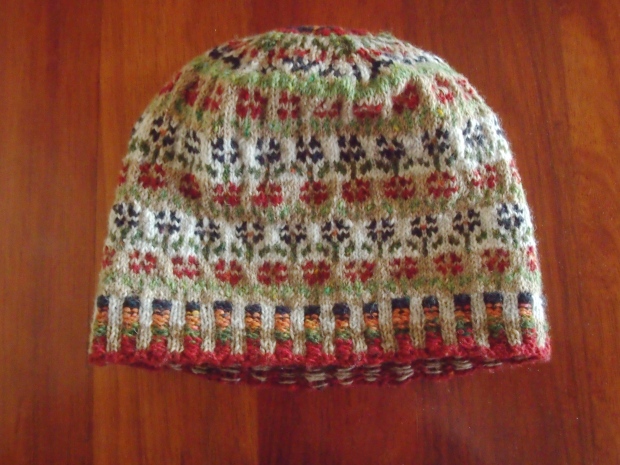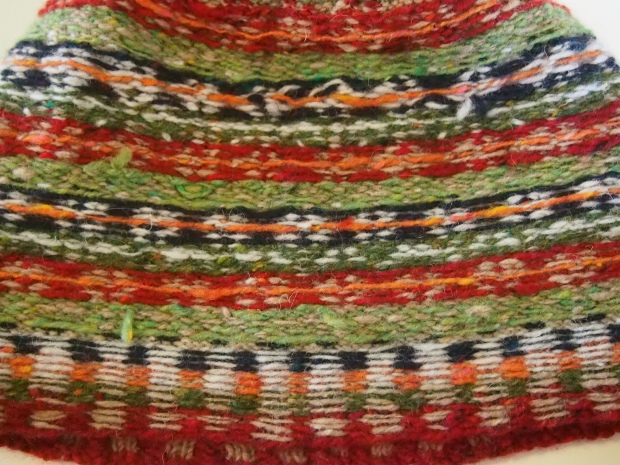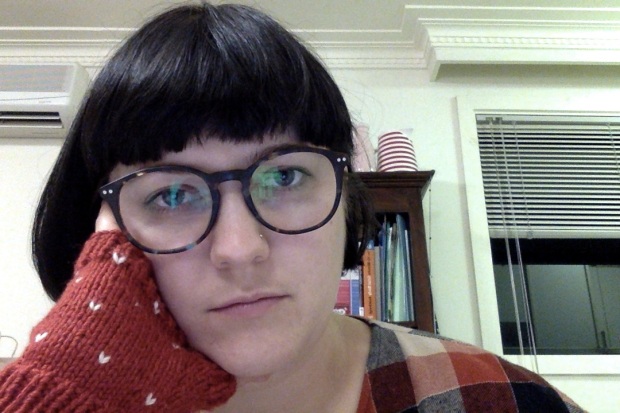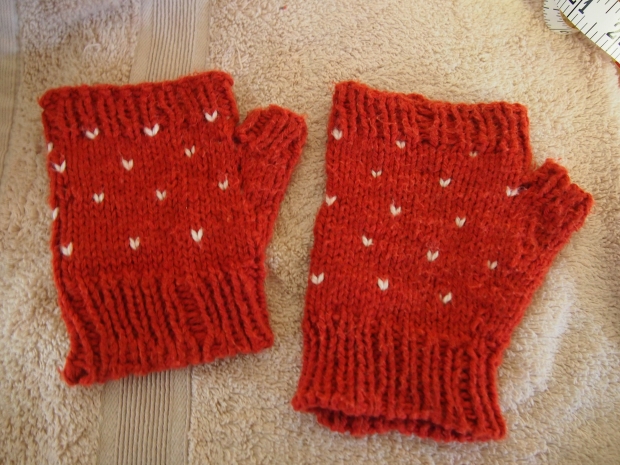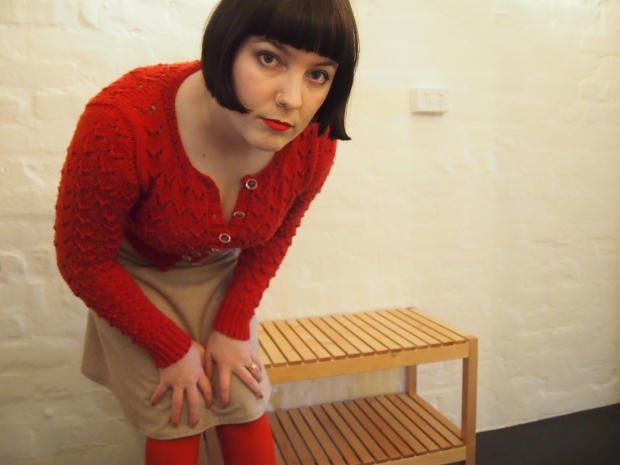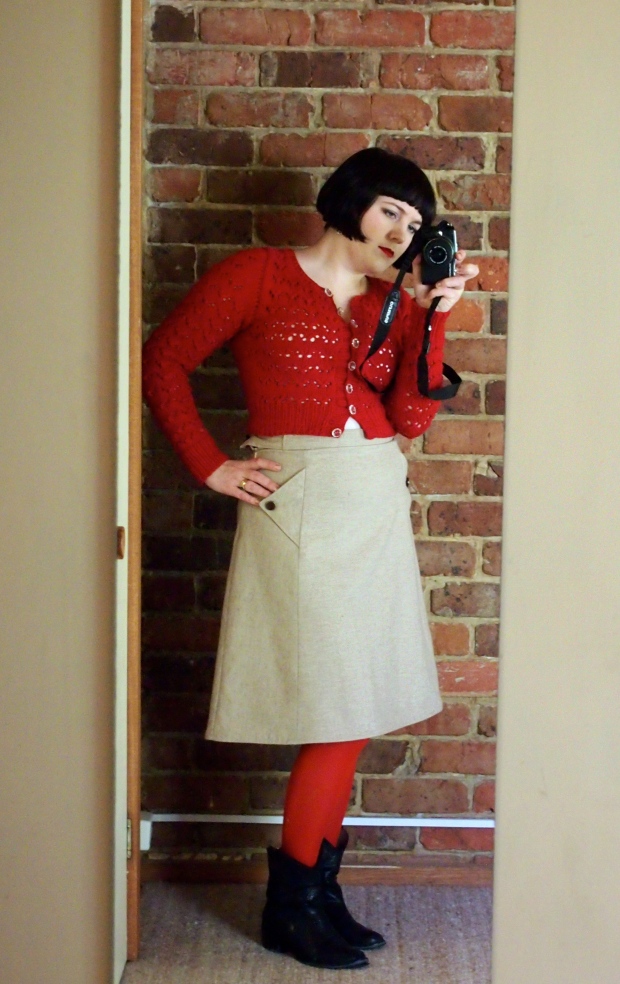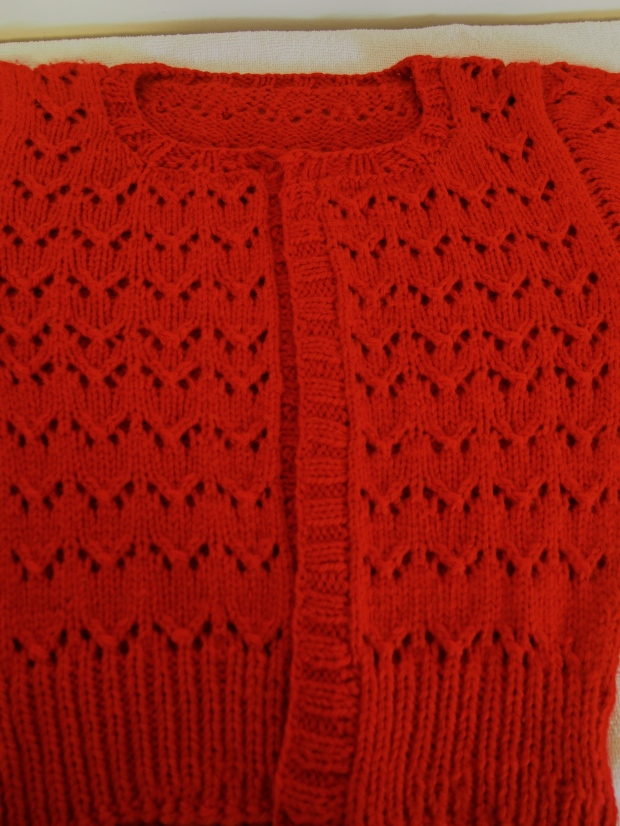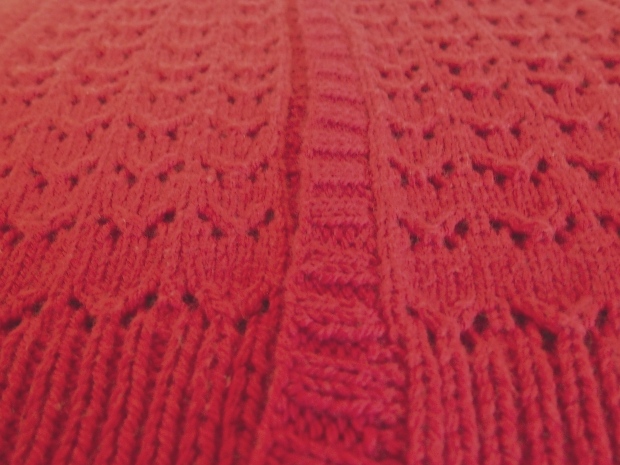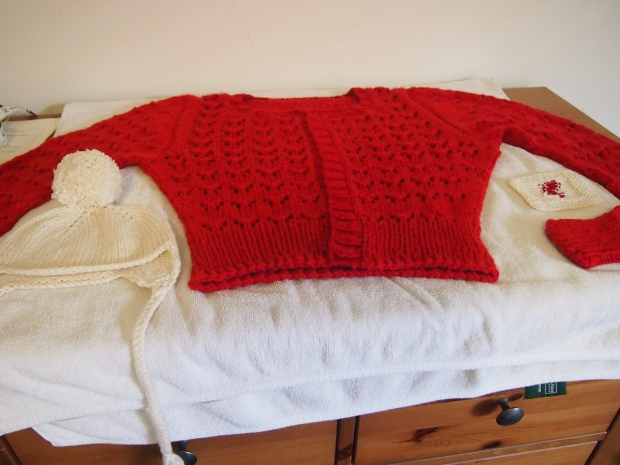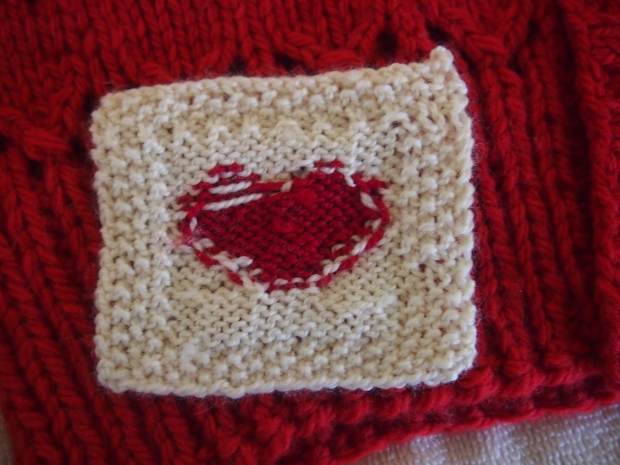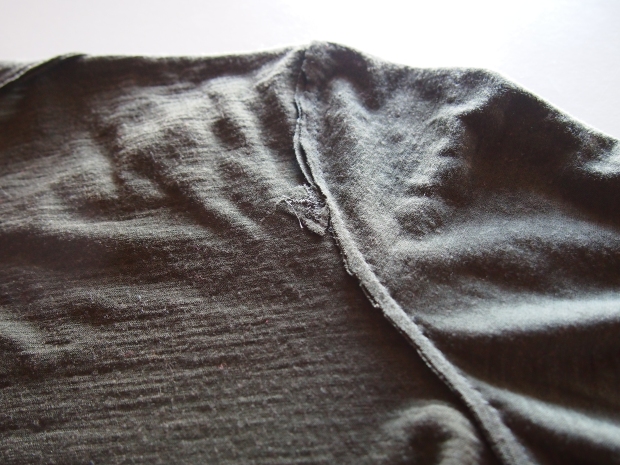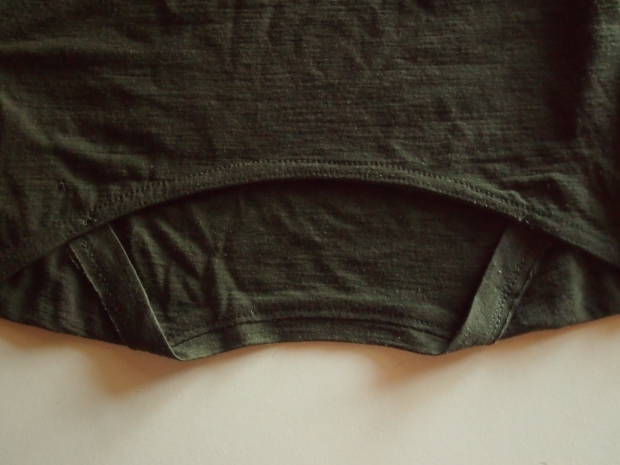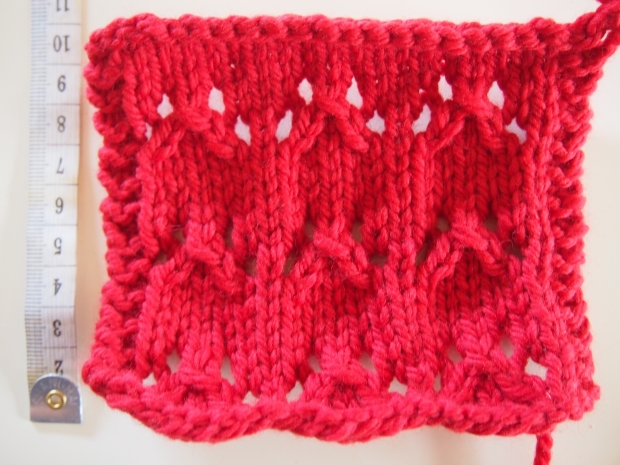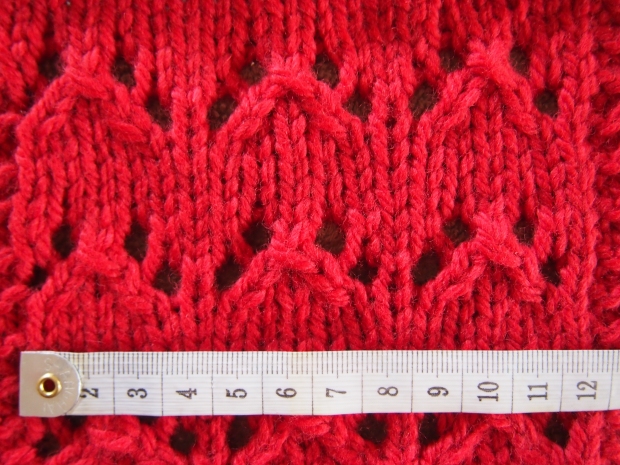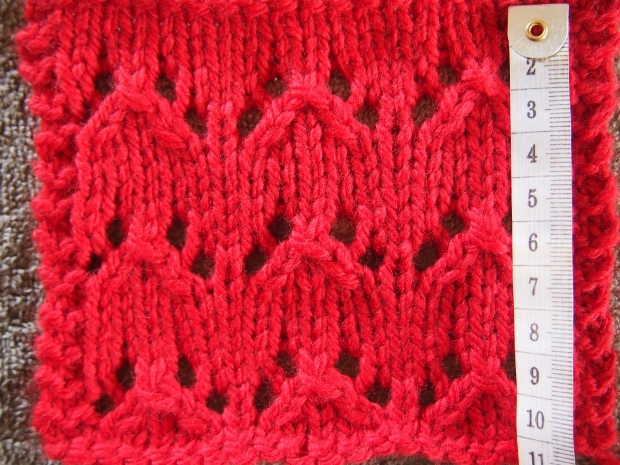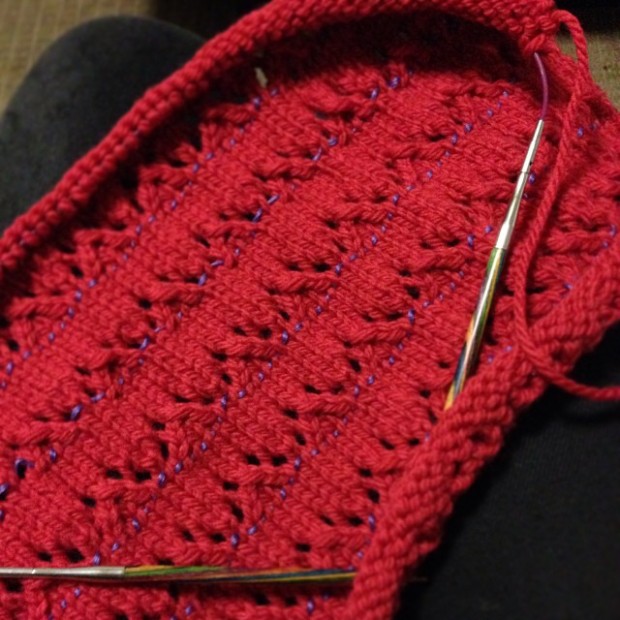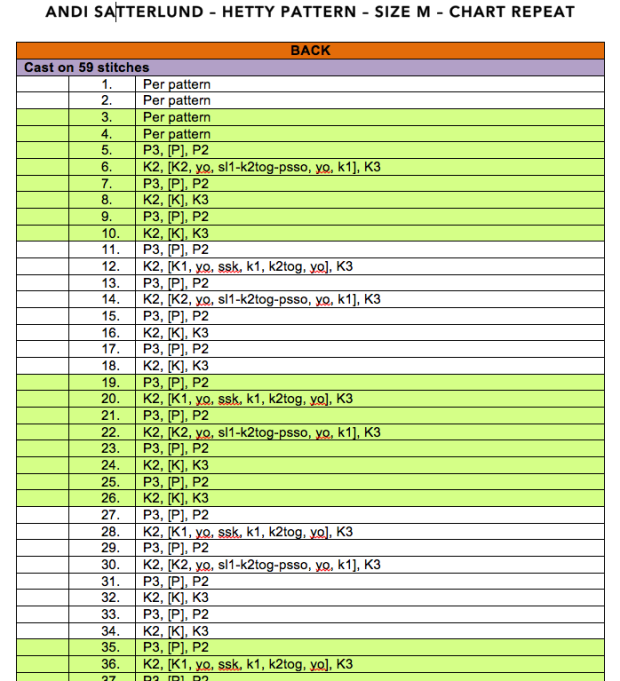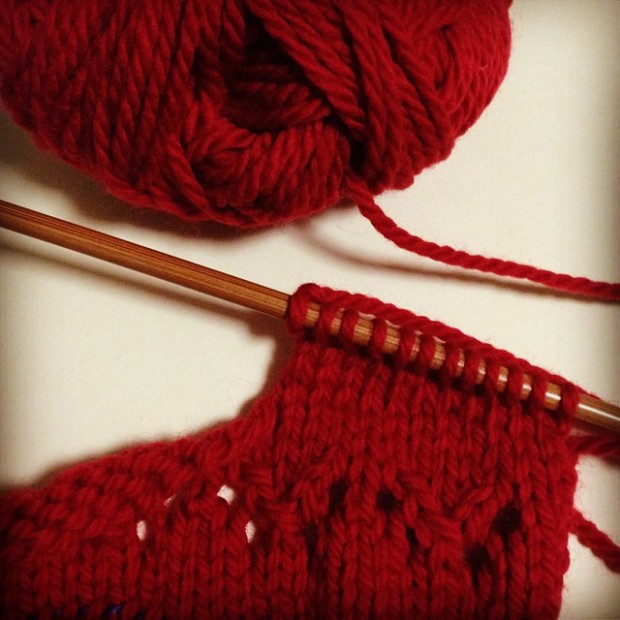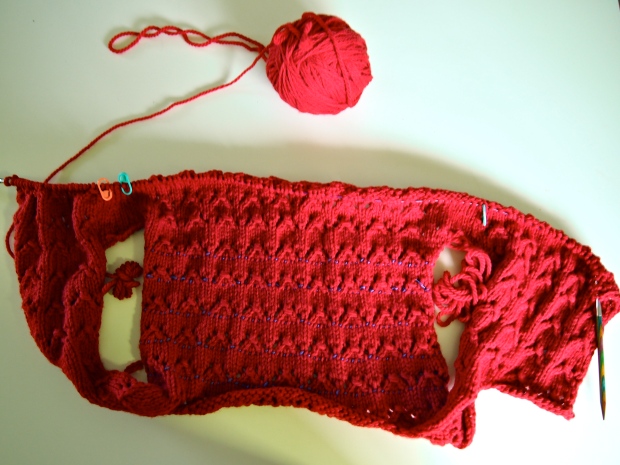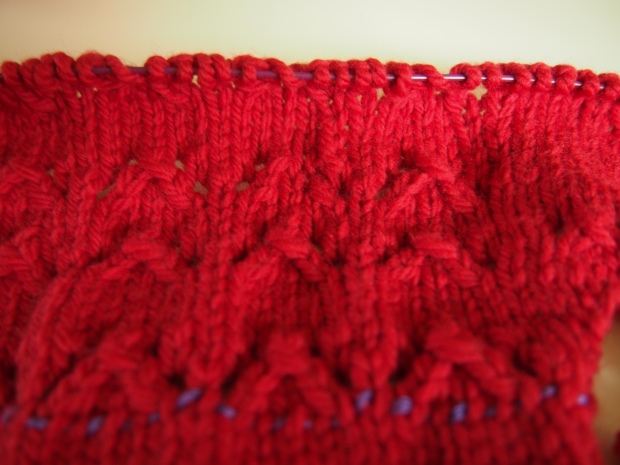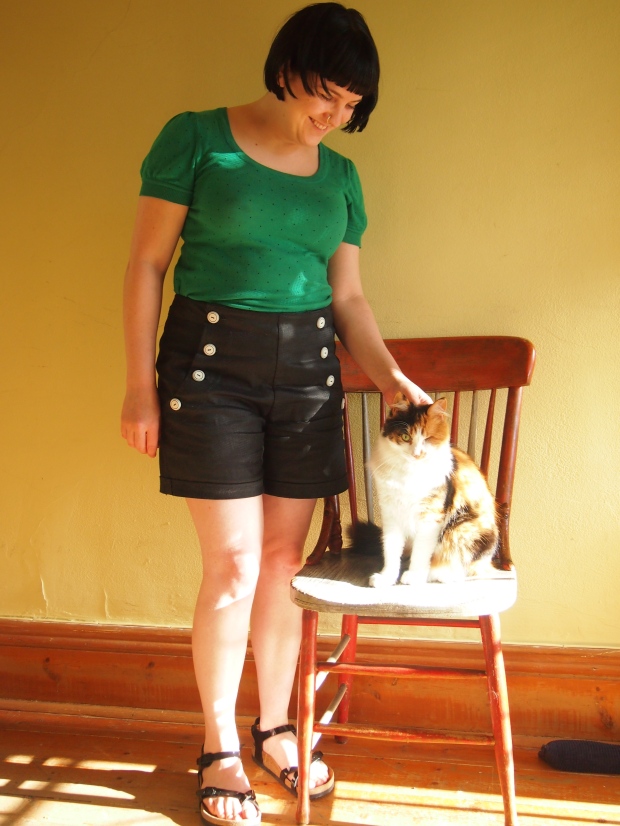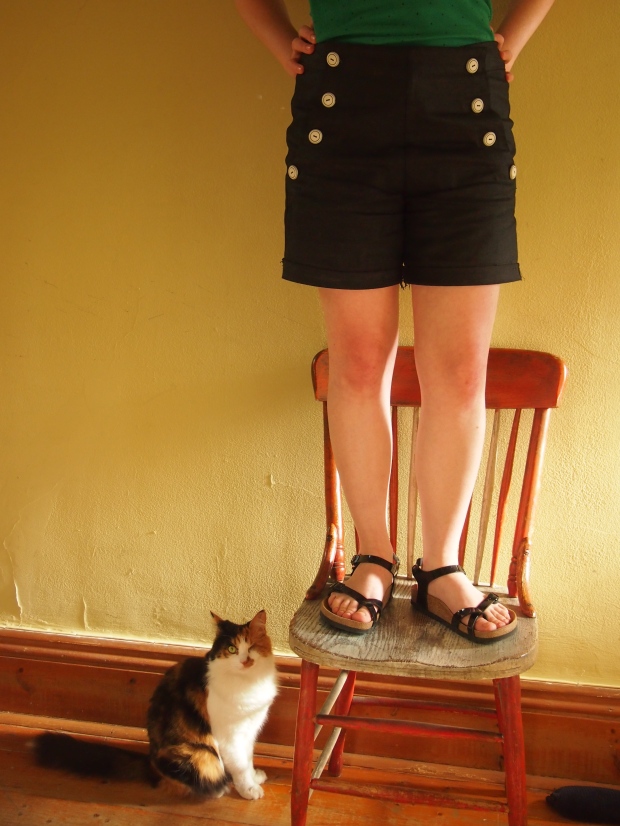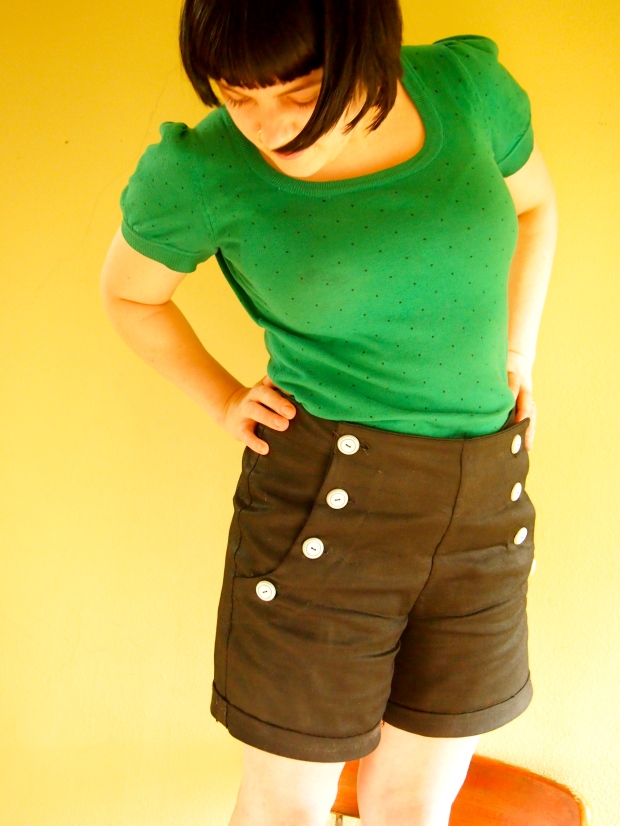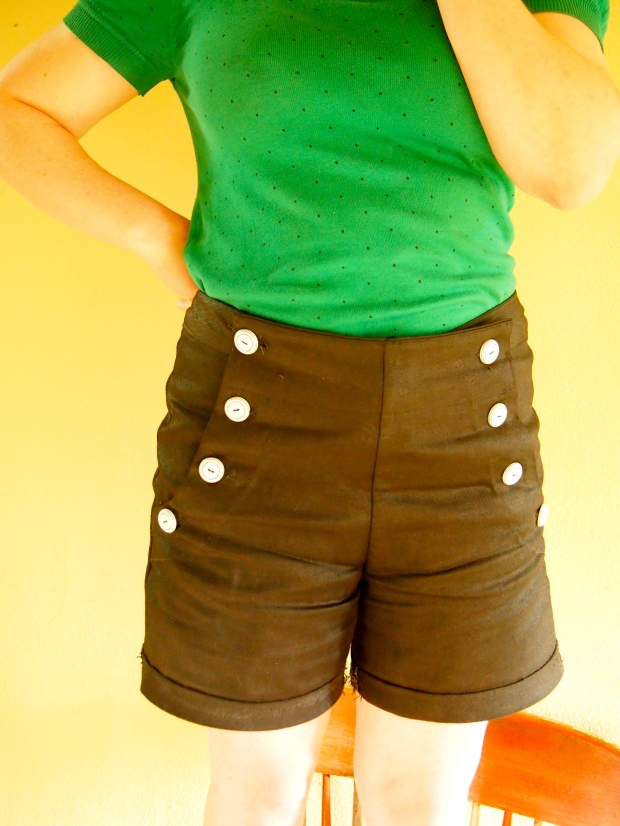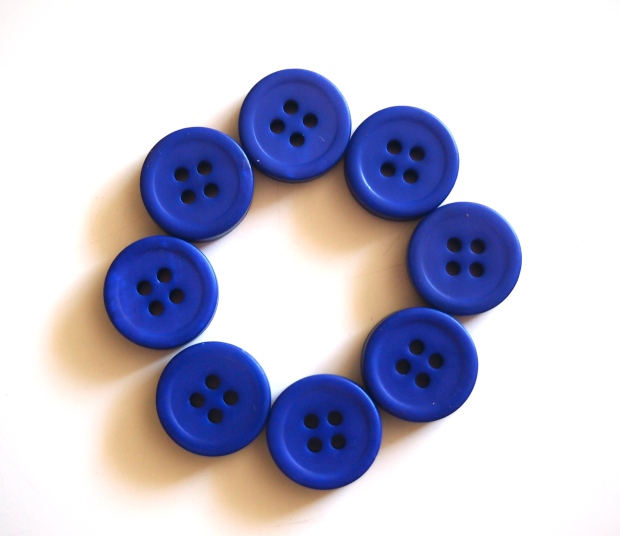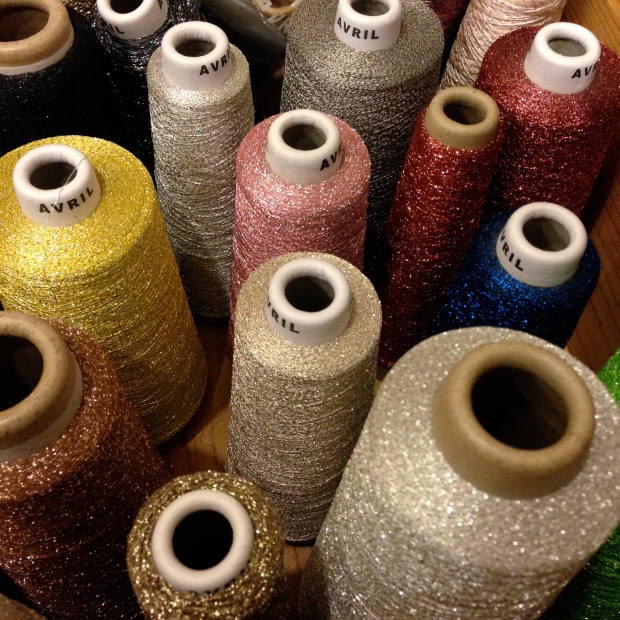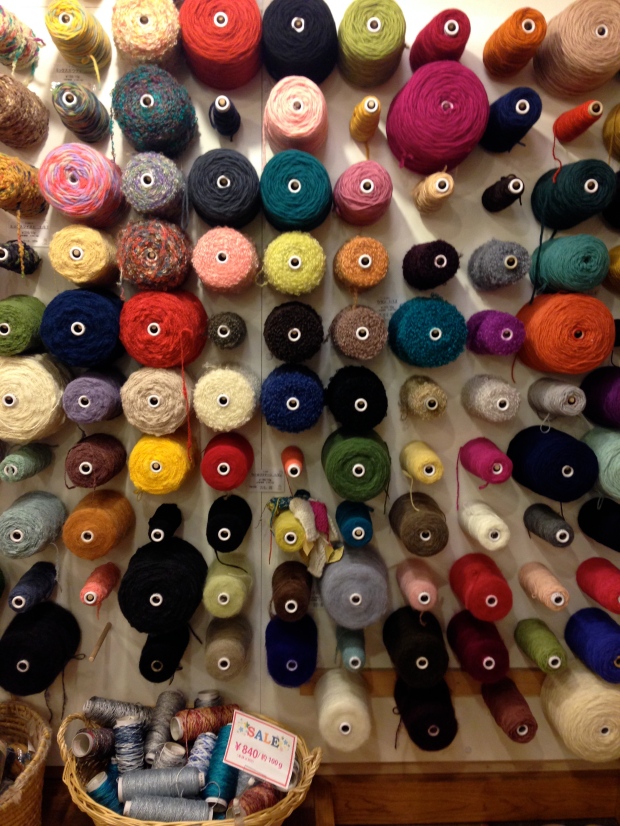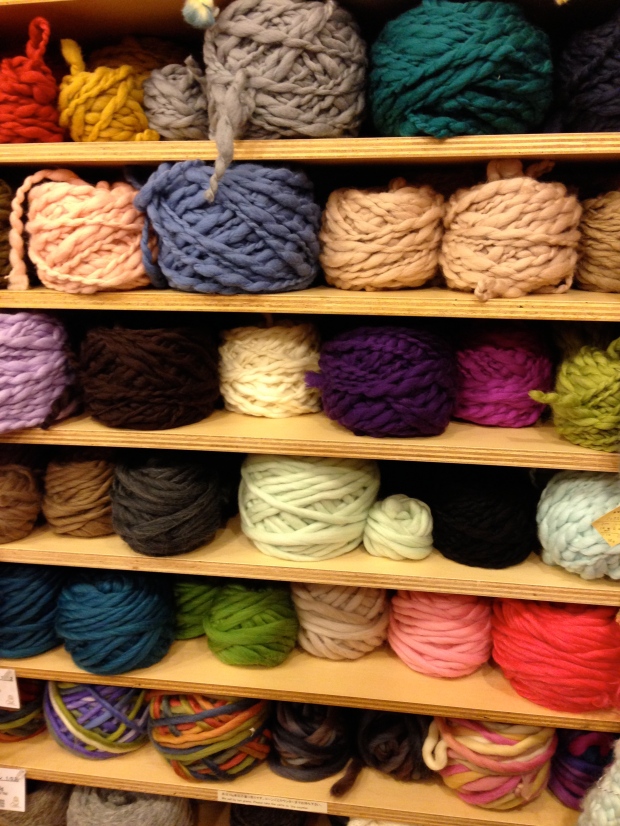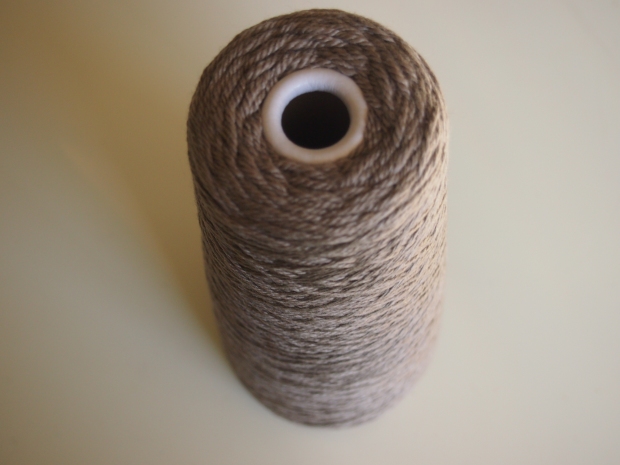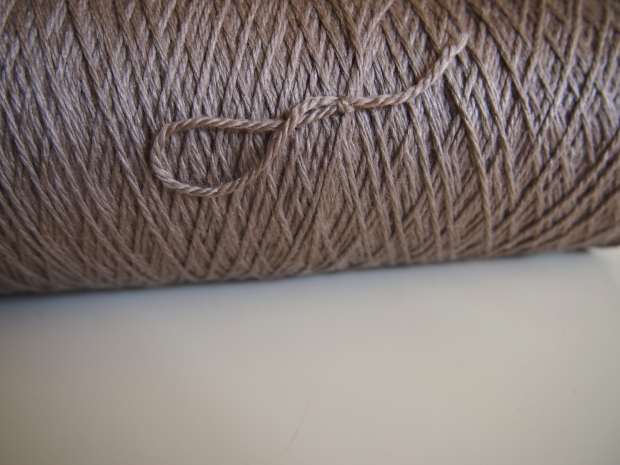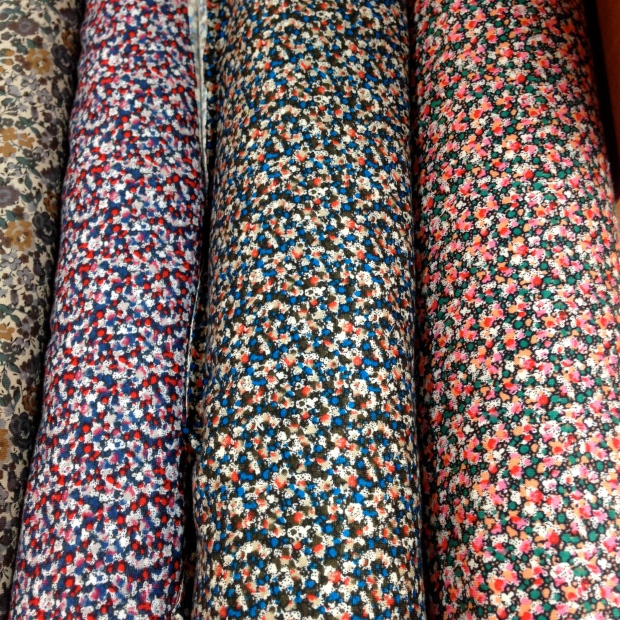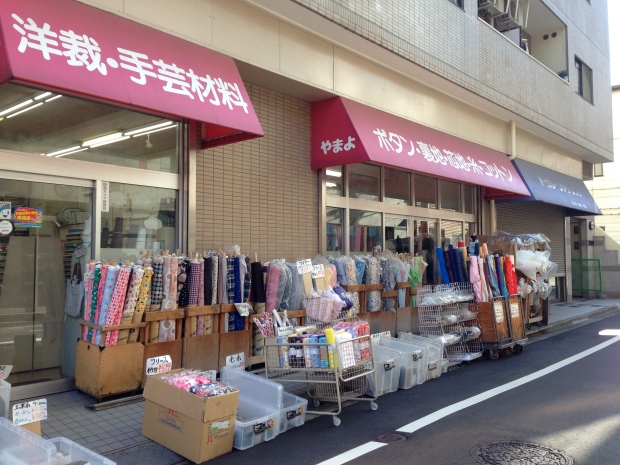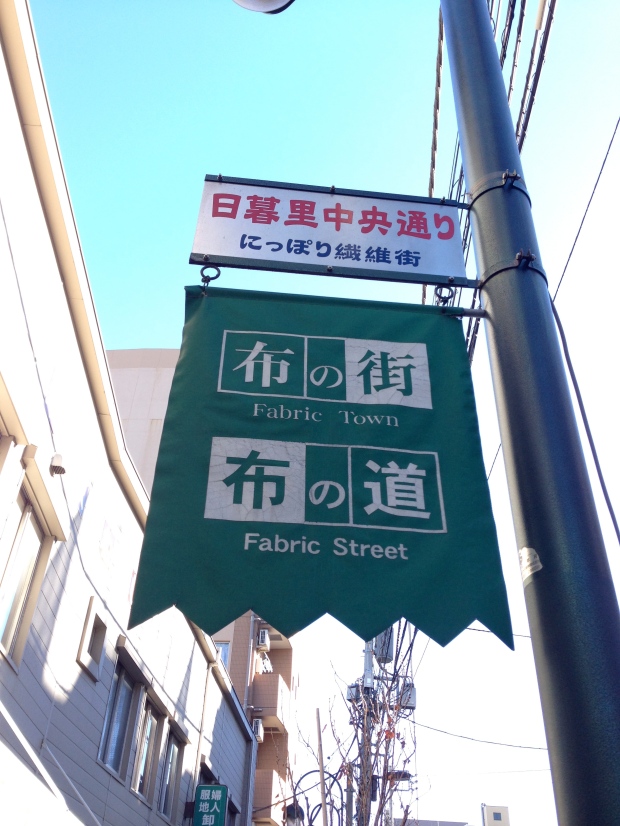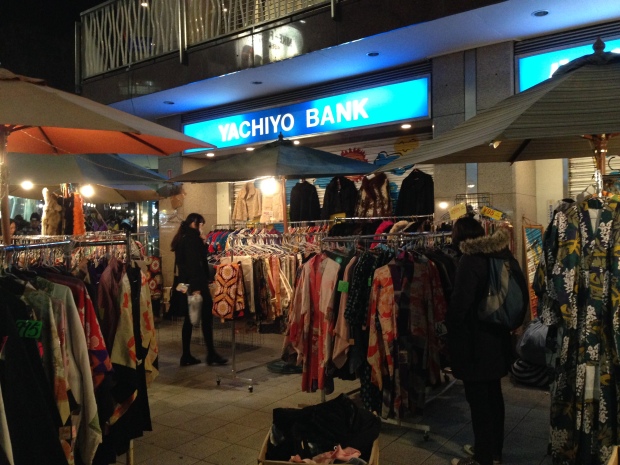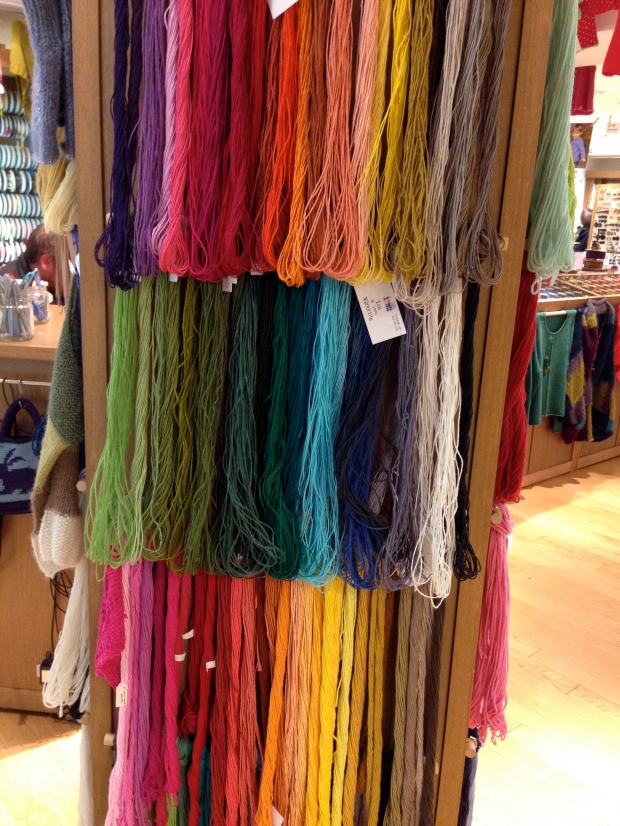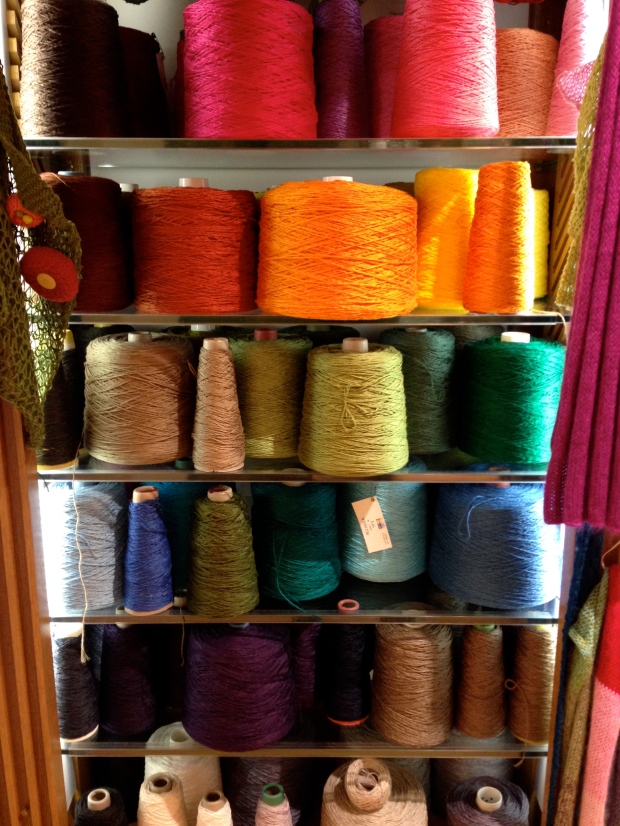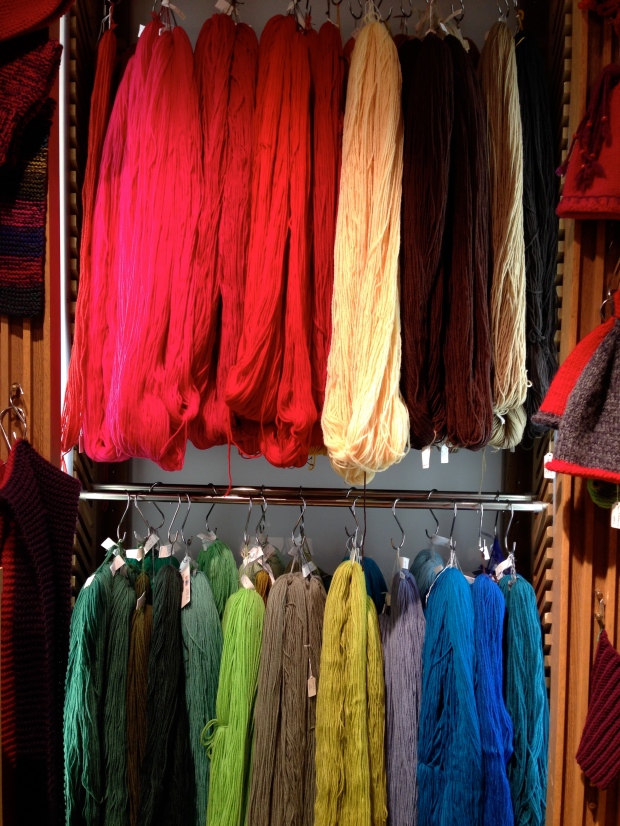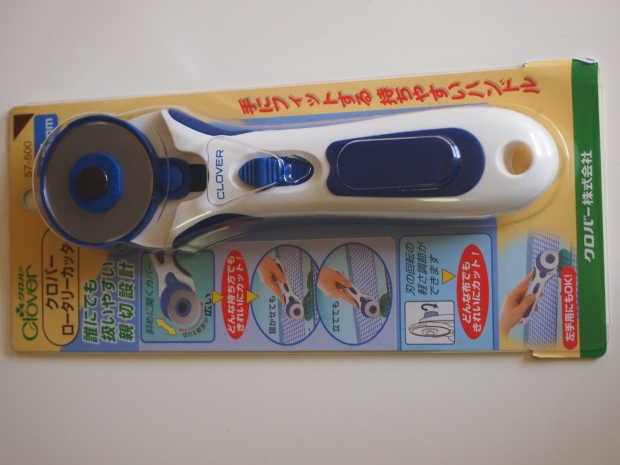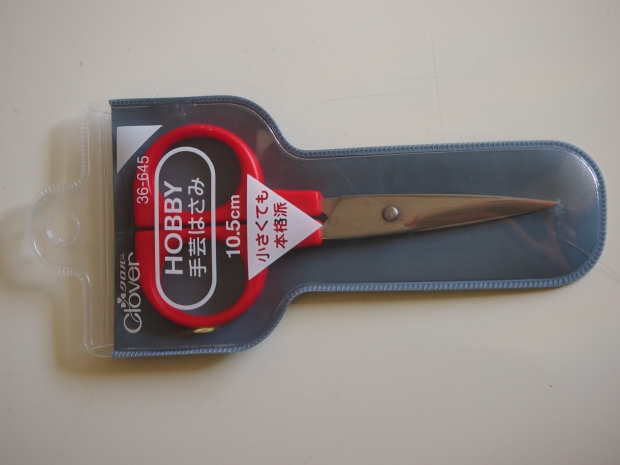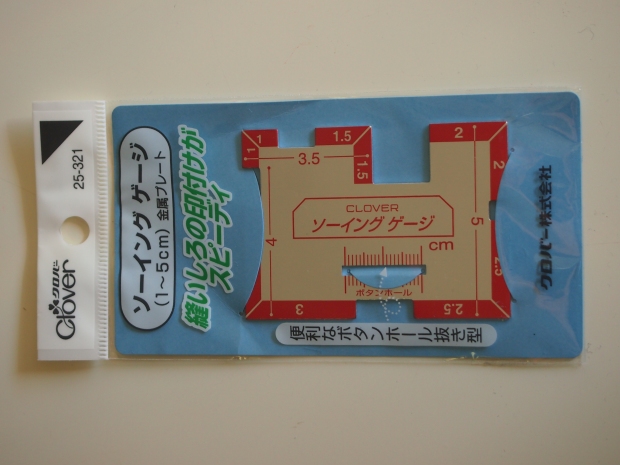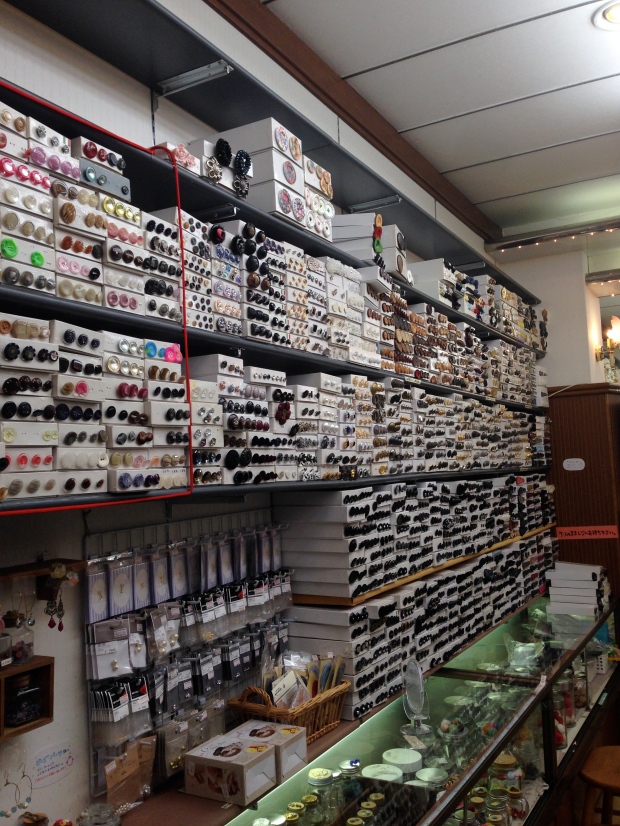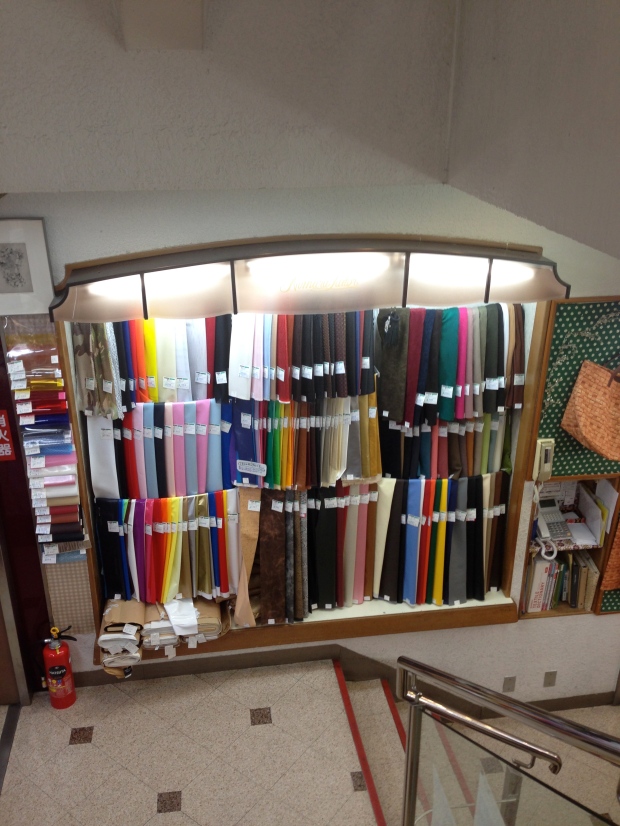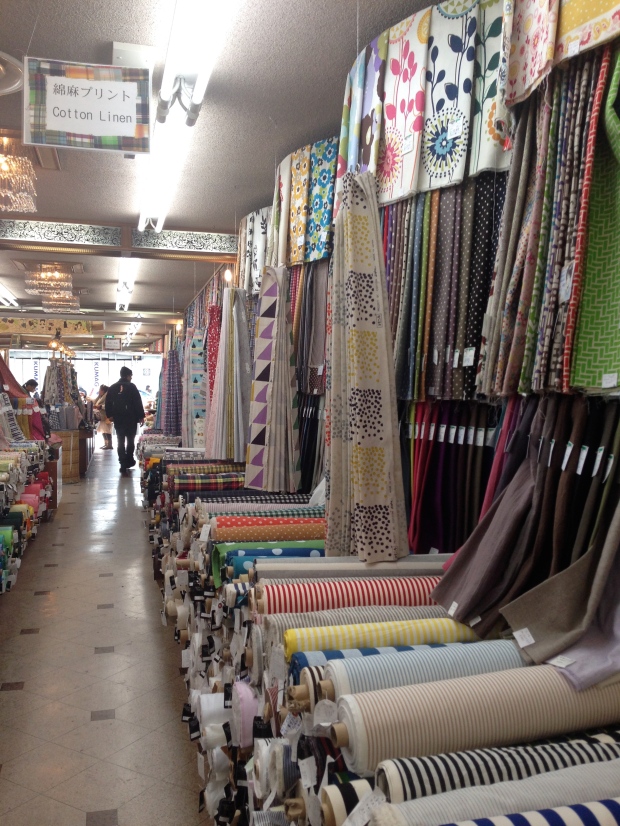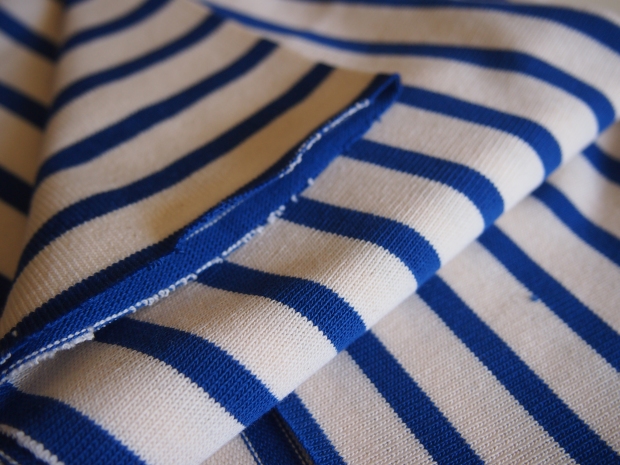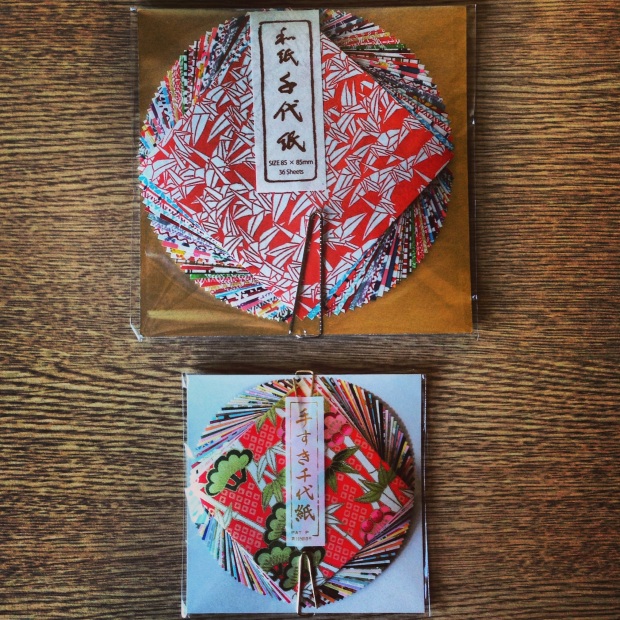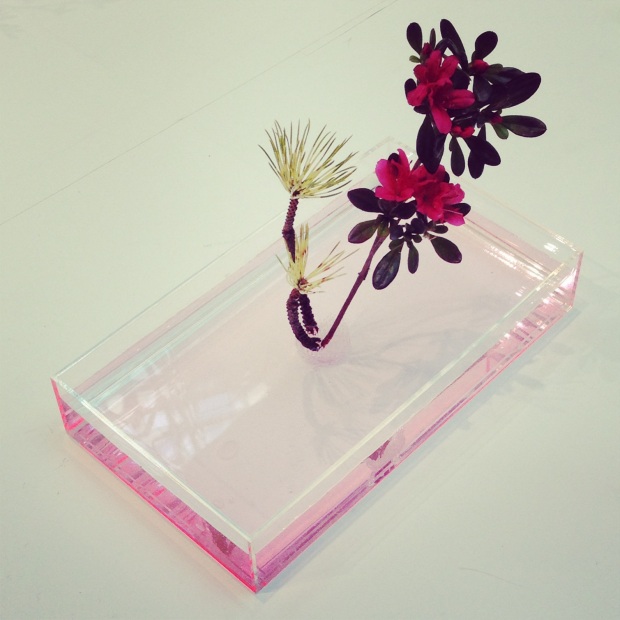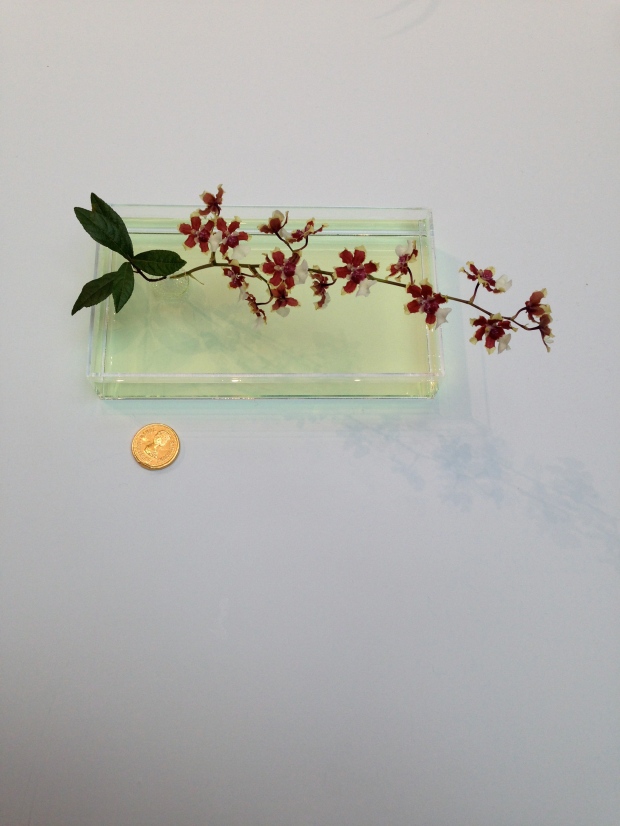I haven’t blogged in a long time. Whenever my time is limited, I feel less inclined to write and I don’t have so much to blog about.
This might be my only post this year, who knows? No matter.
I haven’t stopped reading others’ blogs. And although I don’t make as many things as I would like, I’m still sewing and knitting. I mostly share craft on instagram, a platform I love. Which also means that almost all my photos are poor quality and taken on my phone – often at night and using a flash *gasp*. They don’t need to be anything else for the purposes of instagram, but it means they’ll be pretty average if you’re reading this on a proper screen.
Anyway, here’s some of what I made in 2015.
Summer 2015 (January – March)
The beanie was a swirl hat for Emlyn, who was then, but is not now, a wee one. The yarn was a lovely soft red 5ply, which I picked up at Bendigo woollen mills. It turns out that even Australian summer babies can use a little hat.
The maxi dress is a modified Closet Case Files Nettie maxie dress. I don’t have a better photo of it to show you the front, but I made the mid-neck, low back version, just extending the side seams to an appropriate length. I found the sewalong posts on Heather’s website very helpful. Nothing fancy in the pattern modification stakes. If I ever make the pattern again I will need to take some length out of the bodice and some width out of the centre back – it was really too long for me, has some pooling in the sway back and I really struggled to keep the shoulders *on* my shoulders, despite, as the picture shows, adding a kind of strap across the back.
The fabric (a lovely soft cotton knit from Clear It) was a bitch to sew with. Stripe matching was a nightmare because it’s a double knit, with half-width stripes on the back layer of the fabric, (top picture) so you can’t actually see the front stripes while cutting. Consequently cutting the pattern pieces took approximately a million years and matching the side seams went better on one side than the other.
Nevertheless, this dress has had a lot of wear. Including late in 2015 while I was pregnant and a long stretchy dress was perfect for weekend wear. It managed to get around the bump if I pulled it up a little. I’m not sure whether it will fit me now or whether it’s stretched out of shape completely! Time will tell.
Finally, not pictured is a Closet Case Files bombshell swimsuit (view A), made in plum lycra purchased at Tessutti, because I wanted to be more like Amanda! The swimsuit is barely worn – it was late summer by the time I finished it, and by autumn I was pregnant. By the time spring rolled around and I was entering the world of aqua aerobics, it no longer fit. I haven’t been for a post-baby swim yet, but when I do I’ll be busting out these togs. For completeness’ sake I should say that having learned my lesson from the Nettie maxie, I shortened the bombshell bodice by about one inch. I also found that it needed a closer/more gathered fit in the elastic across the top of the bodice than provided for by the pattern. Although it’s possible this has something to do with my skills and not the pattern as drafted.
Autumn-Winter 2015 (April – August)
More presents for wee ones.
Mr Fox for the gorgeous Rafa. A Milo vest for beautiful Camille. No modifications to either pattern, except that I used wool leftover from my Peerie Floors (plus an extra khaki tweed colour I had bought for fun) to make the fox and therefore changed the colour scheme. I also replaced the buttons with embroidered eyes, because it was a present for such a little person. Yarn for the vest came from the stash, with one organic merino and one alpaca skein, both in a remarkably identical shade of raspberry. I didn’t love this pattern and found it difficult to follow, especially in the part where the yoke edges are joined under the armholes.
My love affair with the Bronte top continued and I made three in one weekend. One, with the reverse side of the stripey fabric above, for my Dees-loving friend on her birthday. Two, with some gorgeous black merino jersey from The Fabric Store. Third, with a cheaper blend jersey remnant, also from The Fabric Store. All three were finished with vintage buttons I have collected at various fairs and sales over the last few years. The two I made for myself had repeated and continuous wear to work throughout the year, until my size made wearing a normal length top inappropriate for modest company!
Later in the year, with a beautiful teal-coloured ponte from The Fabric Store (fabric so squishy it was almost like a scuba knit or something), I made a dress which combined the Bronte neckline I love so much with the Megan Neilsen Erin Maternity Skirt. This dress also had a lot of wear for work in 2015. The neckline binding used the reverse side of the dress fabric, which was a dark charcoal colour, almost black. (Does the existence of a reverse side make it a double knit?)
And of course I made the MN maternity skirt as drafted, wearing it relentlessly for about 5 months. It went easily with a Bronte top and a suit jacket for work, or a singlet top and sandals on the weekend in summer. It continued to be comfortable to wear with a tshirt in the first few weeks after giving birth. I made this one in a beautiful hazel/grey/brown (how to define this colour??) Japanese wool-blend knit, also from The Fabric Store. The fabric was expensive but given the use I made of the skirt, it was worth every penny.
It seems my winter was quite productive, because in addition to the above, during a fabulous long weekend away with my crafternoon friends in June, I made two Colette Mabel skirts, a set of placemats made with a shashiko-print cotton from Okadaya in Tokyo, and a couple of wheat packs from corduroy from my late grandmother’s stash.
The Mabel skirts got a lot of wear through the second trimester. I knew I was pregnant when I made them, but they were made before I had much of a bump and using my usual measurements. I would say that the fit is too generous and I would in future size down. The floral one is simply too big – the fabric is a more relaxed knit than the other (both fabrics from Tessutti) and although I made what I thought was the appropriate size for my measurements, it’s really too big. This wasn’t a problem while I was pregnant, and is ok for casual days now, but won’t look right once I’m back to my regular shape. The other skirt was made using a beautiful thick ponte. The thickness of the fabric and tension in the knit seems to have helped it fit more firmly. Consequently this version had a lot more wear at work, including accompanied by either my black or purple suit jackets.
Spring/Summer 2015 (September – December 2015)
Here’s where the productivity slowed down!

MN maternity wrap top + Mabel skirt
First up, a Megan Neilsen Alissa wrap top. I loved the look of this pattern and really looked forward to making it. But to be honest, I should have thought twice.
On the positive side, I did really like how the top looked. Without any modifications to the pattern, the bodice fit me very well and looked as I expected. I also managed to make it using remnants from my Mabel skirt, my black Bronte top and a MN maternity skirt I had previously made for a friend.
However, while the colour blocking using all of those remnants worked well enough, especially when I paired it with the matching Mabel skirt, this top is an absolute fabric guzzler. Those wrap ties use a *lot* of fabric. I know it specifies the requirements on the pattern envelope, but I hadn’t really visualised the quantity.
Those ties also make for a lot of time spent hemming. And with a knit fabric that curls at the edges and when you want to get neat lines because the edges of the ties will be visible at the front of your bump, this means enjoying a lot of quality time with your iron and pins. At this point I should note that hemming is my least favourite sewing task.
Finally, those ties also made the top fairly impractical to wear, in my opinion. If, like me, you wear stockings under your skirts for work, and if, like me, pregnancy means stockings which basically come up to your armpits, and if, like me, you need to use the loo approximately fifty times a day while pregnant, then rearranging the ties every time you go to the bathroom is a nightmare. You can’t unravel them completely because they’re so long they drag all over the bathroom floor. But without unravelling them, it’s hard to rearrange them in a way that ensures they sit flat and don’t leave any gaps across your tummy.
I finally decided it was time to finish knitting the basketweave blanket I started knitting over four years ago. It was originally intended for a friend’s baby. But that didn’t happen because I underestimated how long a blanket knit in 4-ply bamboo would take to knit. Last year, once I was pregnant, I figured my baby should get it – and I finally had the motivation required to finish knitting the dreaded thing. It has been well used by my baby already and I love it.
The cushions were sewn using Ink + Spindle kits and were a gift for my lovely assistant – part birthday, part housewarming. It surprised me how time consuming it ended up being to essentially sew two squares to each other. I’ve always found invisible zips a bit of a doddle, but somehow it took me four goes to put in one of these zips the right way round and looking ok and to get the seams either end of the zip looking neat. I was pretty tired by that point in the pregnancy (35+ weeks), was madly finishing up at work, approaching Christmas…all the usual things that might be expected to fry one’s brain.
Finally, the clayoquot toque. This was for my baby, because the midwives in my birthing class reckoned that even a summer baby in Australia could use a hat when they’re fresh out of the womb. As soon as I heard that I was off looking for patterns. I don’t really do pastels and I didn’t like most of the patterns I found for newborns. I loved this one. It was easy to knit (except one row, which uses three colours carried across the row, making it very difficult to keep the tension even) and I like the bold pattern. It has already enjoyed a few outings on random cool days here in Melbourne.
That’s not everything, but it’s close enough for jazz. Night all.




















